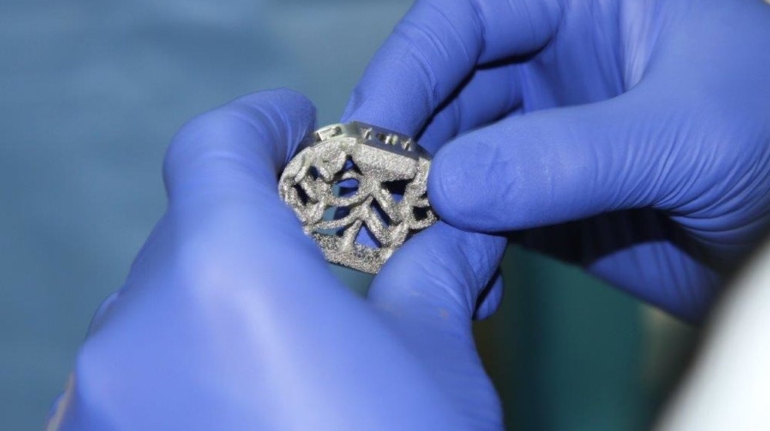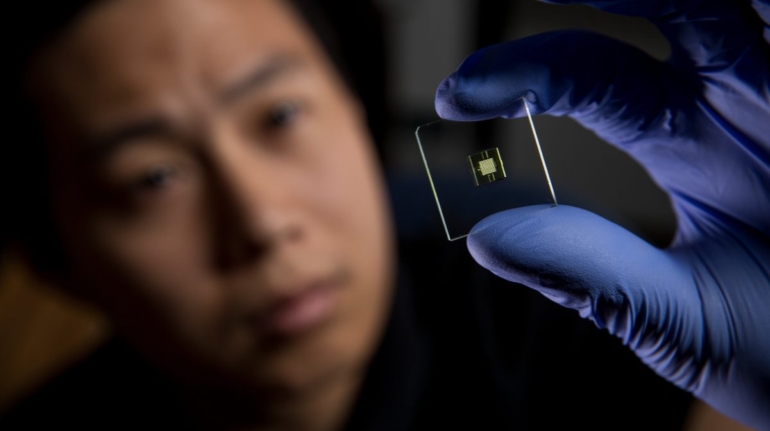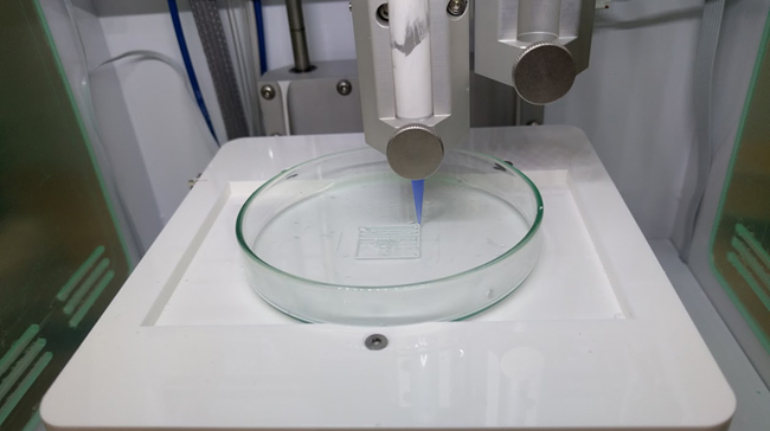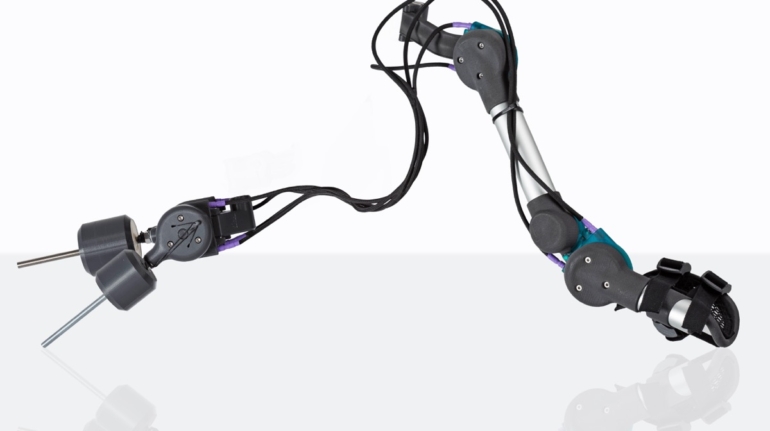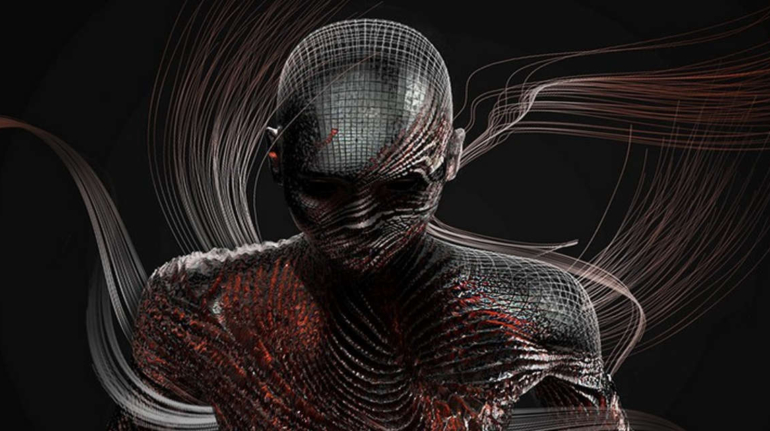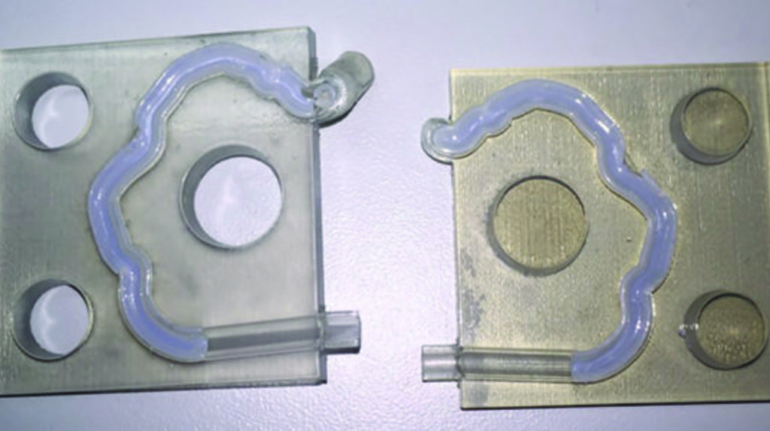Print@Dreve Dental Facilities Install 13th MOVINGLight 3D Printer from Prodways AM Industry
Dreve just installed two new ProMaker L5000 D at its USA facilities in Eden Prairie and University of Kentucky. This brings the total of MOVINGLight 3D printers purchased from Prodways since the beginning of their collaboration to thirteen. The systems are used to produce Dreve’s dental models renowned for their highest quality in the market, through the Print@Dreve service.




